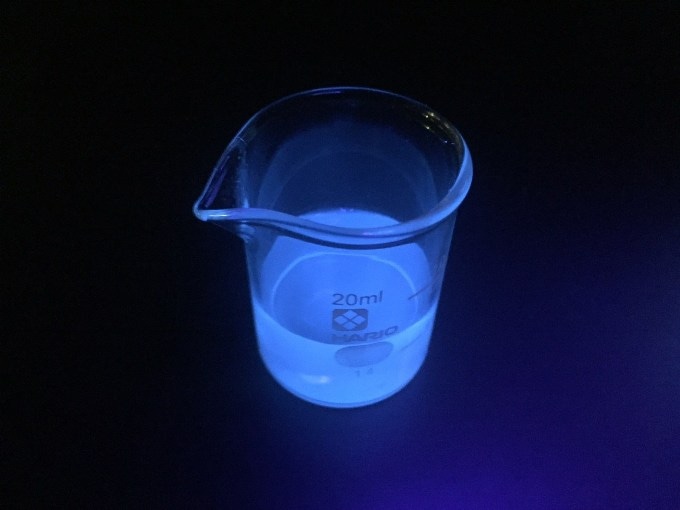May 26 2017
Quantum dots are extremely tiny man-made nanoparticles typically between 10 to 10000 atoms (1 to 10 nanometers) in diameter, which is smaller than 1/10000 th the width of a human hair. However, the effects of this extreme small size cannot be ignored.
Quantum dots are actually very powerful materials, and it is their size that gives them unique abilities, including converting light to nearly any color in the visible spectrum with very high efficiency.
 Credit: PR Newswire
Credit: PR Newswire
The electronic characteristics of quantum dots are determined by quantum confinement effect depending on their chemical composition, size, and shape. This means that we can control the color of light given off by a quantum dot just by changing its size. Bigger dots emit longer wavelengths, such as red, while smaller dots emit shorter wavelengths, such as green or blue. The tune of a quantum dot is the wavelength of light that it emits. This unique properties of quantum dot can be utilized for following application.
- Solar cell
- TV display, smartphones, stable displays
- Security tag, security ink, counterfeit protect
- Sensors
- Quantum dot laser
- Quantum dot transistor
- Photonic crystal
- Bio imaging, bio marker, medical display application (cancer cell imaging, protein analysis, cell tracking)
- High density solid material based memory
- Thermoelectric materials
- Quantum dot computer
- Visible light response type photocatalytic materials
- Artificial photosynthesis
- LED
Various types of quantum dots currently exist, but in general, quantum dots are made of semiconductor materials such as CdSe, CdS, InP, ZnS, InP/ZnS, CuInS2, CuInSe2(CIS:copper indium selenide or sulfide), AgS, and PbS etc…. However, these materials are relatively expensive and toxic, especially Cd, Se, and Pb. These toxic heavy metals are unfavorable and occasionally prohibited for use in many industrial areas. Therefore, it is essential to develop toxic metal-free quantum dots, which exhibit a high light emitting quantum efficiency and stability as good as those of the expensive and toxic metal-based quantum dots.
In this regard, Dr. Ryohei Mori at Fuji Pigment Co., Ltd (Kawanishi city, Japan) has been diligently researching and developing inexpensive quantum dots based on safe materials, and has succeeded in developing a large-scale manufacturing process for silicon quantum dots.
Dr. Ryohei Mori has been already established the large scale production process for carbon quantum dot and graphene quantum dot which are also environmentally friendly materials. However, with silicon quantum dots, on top of its no toxicity, light to electricity conversion efficiency enhancement can be expected with solar cell. Silicon quantum dots exhibits visible and infrared emission light simultaneously which is also very unique property. Quantum yield exceeds 30 % (Dr. Ryohei Mori is still pursuing higher quantum efficiency).
Source: http://www.fuji-pigment.co.jp/en/index-en.html